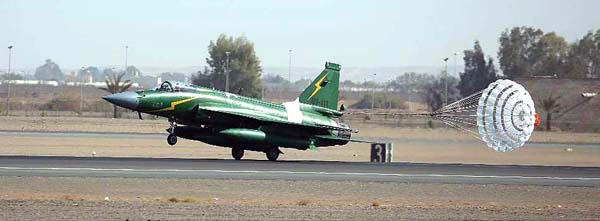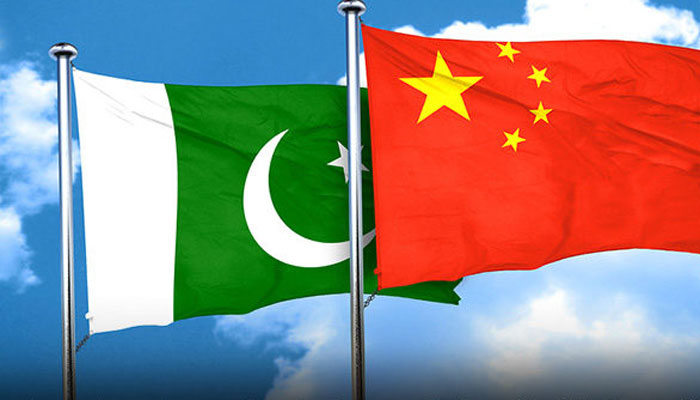CPEC – ECONOMIC FUTURE OF PAKISTAN
By Ayesha Nayyer
One of the common reservations expressed about CPEC is that it lacks transparency and non‐availability of complete information. The terms and conditions of financing at which the Chinese companies are participating in these projects are not fully known and the likely future financing burden on Pakistan’s balance of payments is not obvious. This write-up attempts to address some of these issues to the extent that the projects have been planned, agreed upon, finalized and implementation is under way. Only approximately half of $ 45 billion committed originally for CPEC would be utilized for these projects. Pakistan’s liability is therefore at present limited to this $ 23‐25 billion only. Many other projects are at feasibility stage, discussion or negotiation stage between the two governments or on hold. No amount has either been committed or disbursed for these projects and the liability of Pakistan has not yet arisen. It must be kept in mind that the planning of CPEC follows four stages and firm information would flow only when we reach that stage. These stages are:
- Early Harvest 2015‐2019
Most of the projects relate to Energy sector which are already completed or expected to be completed by 2019 adding approximately 7000 MW electricity to national grid and thus easing the energy shortages and load shedding that had crippled the industry and exports
- Short term projects up to 2022
It mainly consists of Roads, Gwadar Development, Optic fiber network and the Hydel, coal mining and power projects
- Medium projects up to 2025 Railways and Industrial zones
- Long term projects up to 2030 Completion of Industrial zones, Agriculture, Tourism etc.
The confusion arises when some of the commentators mix up industrial zones that would spill over in the long term and on which very little planning or conceptual work has been done with the energy projects that would add 13180 MW to the national grid by 2022 and are at various stages of execution. A more disaggregated approach would help remove this confusion. But the fact that the industrial zones are still at their initial stage provides an opportunity for our private sector businesses to take active part in the design, policy framework, institutional arrangements , incentive structure to ensure a level playing field for all investors—domestic and foreign (Chinese or non‐Chinese) . Rather than remaining by standers, skeptics and critics at various fora the business community should become a stakeholder in this process.
One must also be cautious in not pinning and propagating exaggerated expectations from CPEC. Over a period of 15 years the annual average investment under CPEC would amount to $ 3 billion only or 6% of annual investment budget of the country. Therefore those who claim that it would be a game changer for Pakistani economy are making too inflated and unrealistic claims and setting themselves up for failure. At the same time the detractors and critics who propound the theory that Pakistan would be caught in the Chinese deb trap and cede its territory i.e. Gwadar and sovereignty are also sadly mistaken. The oft quoted example of Sri Lankan port Hambantotta is totally inapplicable even in the larger context of the Sri Lankan economy. Neither of these prophecies is likely to materialize.
According to the IMF the peak outflows on account of CPEC debt servicing, profit and dividend repatriation and increased imports would reach $ 3.5 ‐4‐5 billion in 2024/25 and gradually declining in the long run. Export revenues in 2024 should rise to $ 40 billion and this additional amount arising from the CPEC related outflows can be absorbed without much stress on the balance of payments provided we continue to ensure that exports grow at least 10 percent annually( In the last nine months since the ease in energy shortages ,exports have grown at 12 percent ) .
Finally, what is going to be the likely outcome of CPEC very much depends upon our collective response capacity i.e. the Federal, provincial and localgovernments, the private sector, the media and the civil society all working together in unison and collaboratively. If that happens, the benefits to Pakistani economy and society particularly Balochistan and Southern KP are likely to exceed the costs. But if we continue with the Business as usual mode where bickering, blame game, point scoring, narrow parochial and personal considerations, red tape, hesitation and delays in solving problems and removing bottlenecks persist then we would certainly find ourselves entrapped in heavy financial burden. The choice is entirely ours and not that of our Chinese partners.
The writer is Islamabad based CSP officer and works in Prime Minister’s office.




